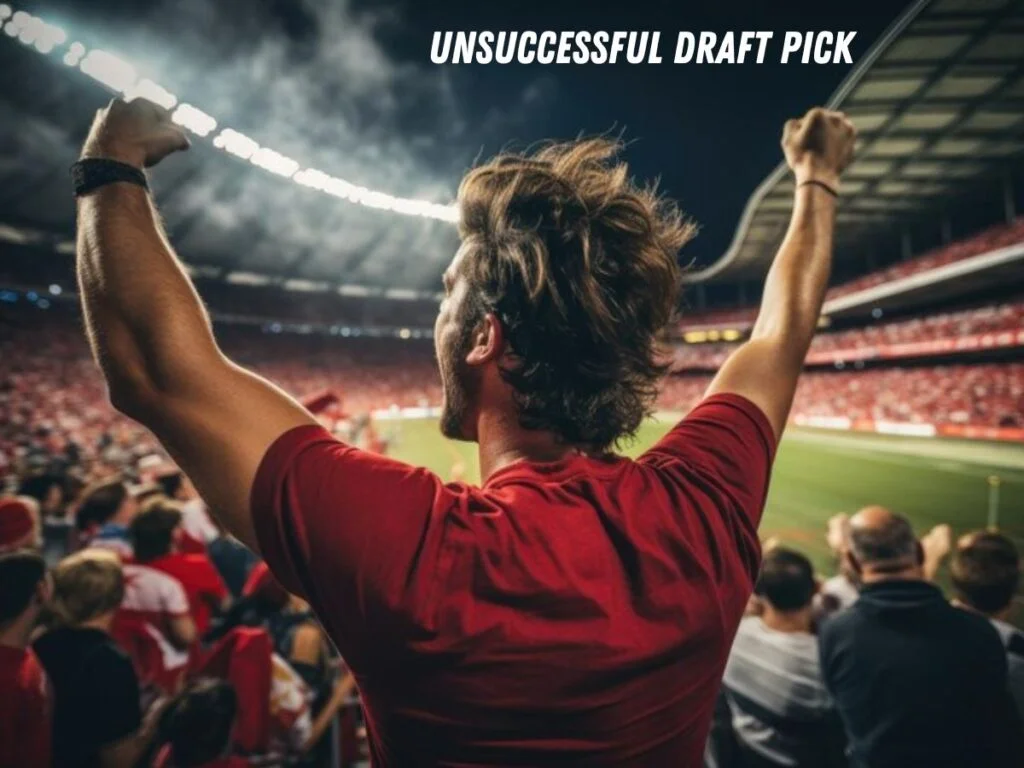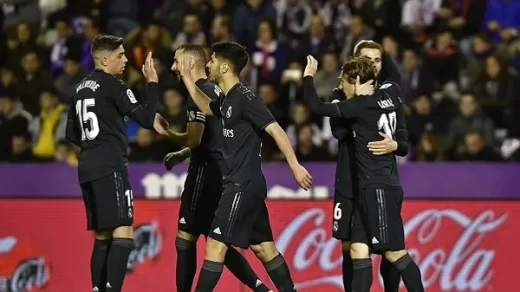
Introduction:
In the exhilarating world of sports, few events generate as much anticipation and speculation as the annual draft. It’s a time when teams carefully analyze prospects, strategize their picks, and make decisions that could potentially shape the future of their franchises. However, amidst the excitement and high hopes, there’s a sobering reality – not every draft pick lives up to expectations. In fact, some falter dramatically, becoming infamous as busts. This article delves into the perplexing phenomenon of unsuccessful draft picks, exploring the various factors that contribute to their downfall and the enduring impact they leave on teams and players alike.
Unpacking the Draft Pick:
The draft is akin to a grand puzzle, where teams meticulously piece together their future by selecting players they believe possess the talent, skill, and potential to succeed at the highest level. Each pick is a clue in this intricate crossword, with teams striving to find the perfect answer to their roster needs. However, just like in any puzzle, some clues lead to dead ends, leaving teams scratching their heads in frustration.
Expectations run high during draft time. Fans envision their team’s new pick as the missing piece that will propel them to glory. Front offices invest significant time, resources, and energy into scouting prospects, evaluating their performance, and projecting their future impact. Yet, despite the most diligent efforts, success is never guaranteed.
Factors Contributing to Failure:
Unraveling the mystery of unsuccessful draft picks reveals a multitude of factors at play. Injuries can derail even the most promising careers, turning potential stars into mere shadows of their former selves. Poor development and coaching can also hinder a player’s progress, stunting their growth and limiting their impact on the court or field.
Moreover, the pressure to perform under the spotlight of professional sports can be overwhelming for some young prospects. The transition from college or international play to the rigors of the NBA, NFL, or MLB is not always seamless, and not every player can handle the demands and expectations that come with it.
Scouting strategies also play a crucial role in the success or failure of draft picks. While some players dazzle scouts with their athleticism and raw talent, others may possess intangible qualities that are harder to quantify but are equally important for long-term success. Overreliance on physical attributes without considering a player’s character, work ethic, and mental fortitude can lead to costly mistakes.
Impact on Teams and Players:
The repercussions of a failed draft pick reverberate throughout an organization. Teams invest valuable resources in signing bonuses, contracts, and endorsements, hoping for a return on their investment in the form of wins, championships, and financial gains. When a player fails to deliver on their potential, it not only affects the team’s performance on the court or field but also their bottom line.
For players, being labeled a bust can be a heavy burden to bear. The stigma of failure follows them throughout their careers, overshadowing their accomplishments and tarnishing their reputation. Some players struggle to overcome the disappointment and criticism, while others use it as motivation to prove their detractors wrong.
In the broader context of sports history, unsuccessful draft picks serve as cautionary tales, reminding teams of the pitfalls of overhyping prospects and underestimating the challenges of professional competition. Their stories become cautionary clues in the puzzle of player evaluation, prompting teams to reevaluate their scouting methods, development strategies, and expectations.

Case Studies: Learning from Past Mistakes
To illustrate the complexities of unsuccessful draft picks, let’s examine a few notable examples from the world of sports.
- Darko Milicic (Detroit Pistons, 2003 NBA Draft): Hailed as a potential superstar, Milicic was selected ahead of future Hall of Famers like Carmelo Anthony, Chris Bosh, and Dwyane Wade. However, he failed to live up to expectations, struggling to find his place in the NBA and bouncing around multiple teams before ultimately retiring.
- JaMarcus Russell (Oakland Raiders, 2007 NFL Draft): Russell was touted as the next big thing in the NFL, but his career was marred by poor performance, lack of motivation, and off-field issues. Despite his immense physical talents, Russell’s tenure with the Raiders was short-lived, and he is widely regarded as one of the biggest busts in NFL history.
- Greg Oden (Portland Trail Blazers, 2007 NBA Draft): Oden was selected ahead of perennial All-Star Kevin Durant but was plagued by a series of debilitating injuries that derailed his career. Despite showing flashes of brilliance when healthy, Oden’s time in the NBA was overshadowed by what could have been.
These case studies highlight the unpredictable nature of the draft and the inherent risks involved in selecting young prospects. While some players go on to achieve greatness, others falter under the weight of expectations, leaving teams and fans to ponder what might have been.
Conclusion:
In the ever-evolving world of sports, the draft remains a captivating spectacle that captivates fans and experts alike. However, beneath the excitement and anticipation lies a sobering reality – not every draft pick fulfills their potential. Busts serve as poignant reminders of the challenges and uncertainties inherent in player evaluation, scouting, and development.
As teams continue to refine their strategies and adapt to changing trends, the puzzle of unsuccessful draft picks will remain a perplexing enigma. Yet, amidst the disappointments and setbacks, there are valuable lessons to be learned. Success in the draft requires a delicate balance of talent evaluation, player development, and organizational support. While some picks may not pan out as expected, the quest for the perfect answer continues, driving teams and players alike to strive for greatness in the ever-changing world of sports.



